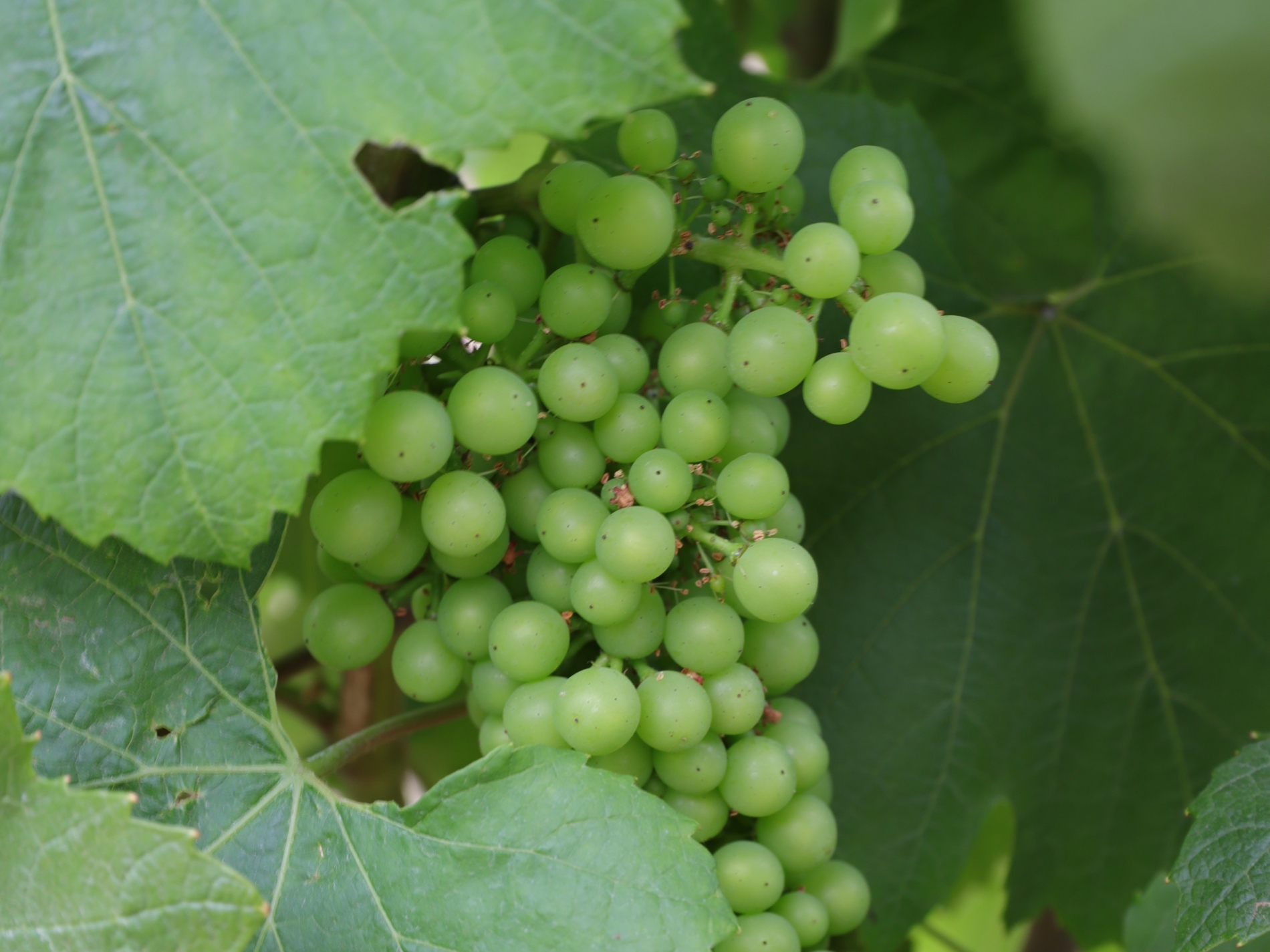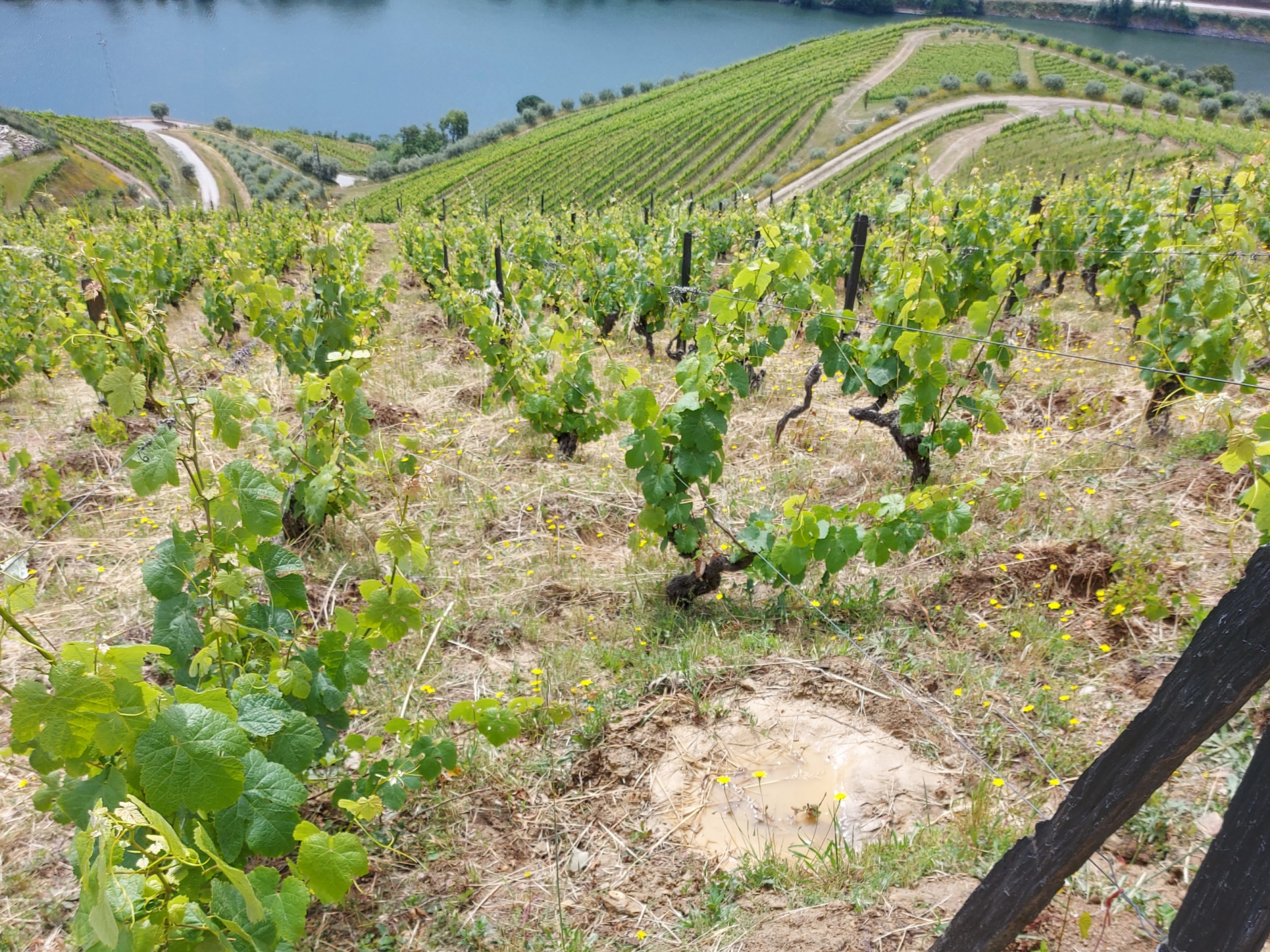With the rising interest in the viticultural sector to find environmentally-friendly production methods, the upcoming thematic focus on the World Organic Vineyard, sheds light on the evolution of organic viticulture, which is a rising trend since the end of the 20th century. This development can be explained in large part by societal issues, particularly in relation to consumer health and environmental protection.

This report surveys the development and repartition of certified organic vineyard areas producing wine grapes, table grapes and raisins, covering the period 2005 to 2019.
There has been a surge in organic vine surface areas across the world, combined with a strong trend towards certification.
The rate of conversion of vineyards to organic production has increased considerably since the beginning of the 21st century. Over the entire period analysed for this report (2005–2019), the certified organic vineyard surface area increased by an average of 13% per year, while the ‘non-organic’ vineyard area decreased by an average of 0.4% per year within the same timeframe. One of the factors explaining this intense growth rate is the fact that certified organic viticulture is still a recent phenomenon.
In 2019, a total of 63 countries across all continents were involved in organic viticulture and the certified organic vineyard surface area was estimated at 454 kha, representing 6.2% of the world’s total area under vines.

Spain, France and Italy together account for the 75% of organic vineyards in the world total distribution.
In terms of the weight of organic vineyards as a share of the country’s total area under vines, the ranking is dominated by European countries. Italy devotes 15% of its vineyards to organic viticulture, followed by France (14%) and Austria (14%). The only non-European country inside the top 10 is Mexico, with 8% of its vineyard area certified organic.
However, behind this growth in the world’s organic vineyards, there is nonetheless significant movement in both an upwards and downwards direction, since the conversion of a vineyard to organic cultivation is often complex and requires a considerable amount of adaptation. Weather phenomena or structural and/or organisational issues may drive producers to abandon their certification in organic production, resulting in a local decrease in organic vineyard areas.